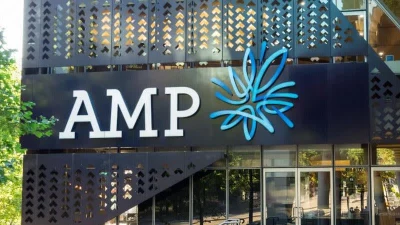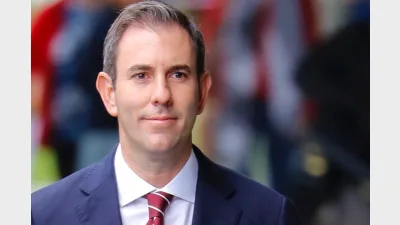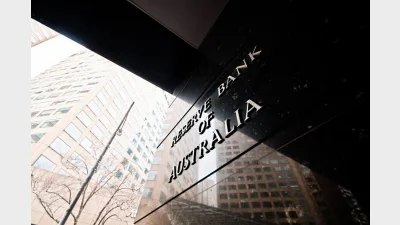Why is the super performance test excluding fees?



The government’s proposed superannuation performance test needs to be assessed on net returns and HESTA is questioning the reasons the government has chosen not to include fees in its metric.
The industry super fund’s submission to the Your Future Your Super legislation said the fund was not clear about the reasons the Government chose a metric to determine returns before administration fees had been deducted, while the possibility of including investment fees had been included in the draft bill.
“If the aim of the reforms is transparency and protection, it is crucial that all fee types be considered so that the end result is reflective of what members will receive in their accounts,” the submission said.
“Further, we encourage a more nuanced conversation about systemic underperformance rather than the blunt measures discussed in the budget announcement. It may be that from time to time, strong funds will underperform at the margins of the proposed measure. The proposed measure should consider systematic underperformance which might be evidenced over a longer period of time or a more material difference from the benchmark.”
HESTA said the time period proposed was not reflective of contemporary understanding of market cycles and that investment performance should be considered over a longer time period of 10 years.
The fund’s other concerns with the proposed benchmarks included:
- The appropriate management of risk, including use of defensive and growth options, to match members’ needs across their lifetimes;
- The incentive this would likely create for trustees to focus on the management of risk and returns relative to the proposed benchmark rather than absolute returns to members;
- The disincentives this would likely create for investing into real and unlisted assets such as important community infrastructure in Australia; and
- The lack of consideration of different asset allocation strategies, which are an influential driver of returns for members.
The fund also noted it was concerned about the proposed treatment of unlisted assets in the benchmark.
It said the use of a listed index such as the FTSE Core Developed Infrastructure Index hedged to AUD was not an appropriate benchmark for unlisted infrastructure.
Reasons for the fund’s concerns included:
- Listed infrastructure indices display correlation with other listed indices, not with the underlying asset class; and
- The FTSE is largely exposed to North American infrastructure, and primarily across the utilities, railroads and conventional electricity sub-sectors. It includes a number of sectors that many established infrastructure funds do not invest in (e.g. conventional electricity, railroads) and comprises only 4% transport infrastructure, which makes up the largest subsector of both our Australian and global infrastructure funds.
“This is one example of the ill-considered approach of using listed benchmarks to assess the performance of unlisted assets,” HESTA said.
“It will be to the detriment of the nation, and our economic recovery from the pandemic, if proposed benchmarks make unlisted infrastructure unattractive.”
Recommended for you
Super trustees need to be prepared for the potential that the AI rise could cause billions of assets to shift in superannuation, according to an academic from the University of Technology Sydney.
AMP’s superannuation business has returned to outflows in the third quarter of 2025 after reporting its first positive cash flow since 2017 last quarter.
The major changes to the proposed $3 million super tax legislation have been welcomed across the superannuation industry.
In holding the cash rate steady in September, the RBA has judged that policy remains restrictive even as housing and credit growth gather pace.









